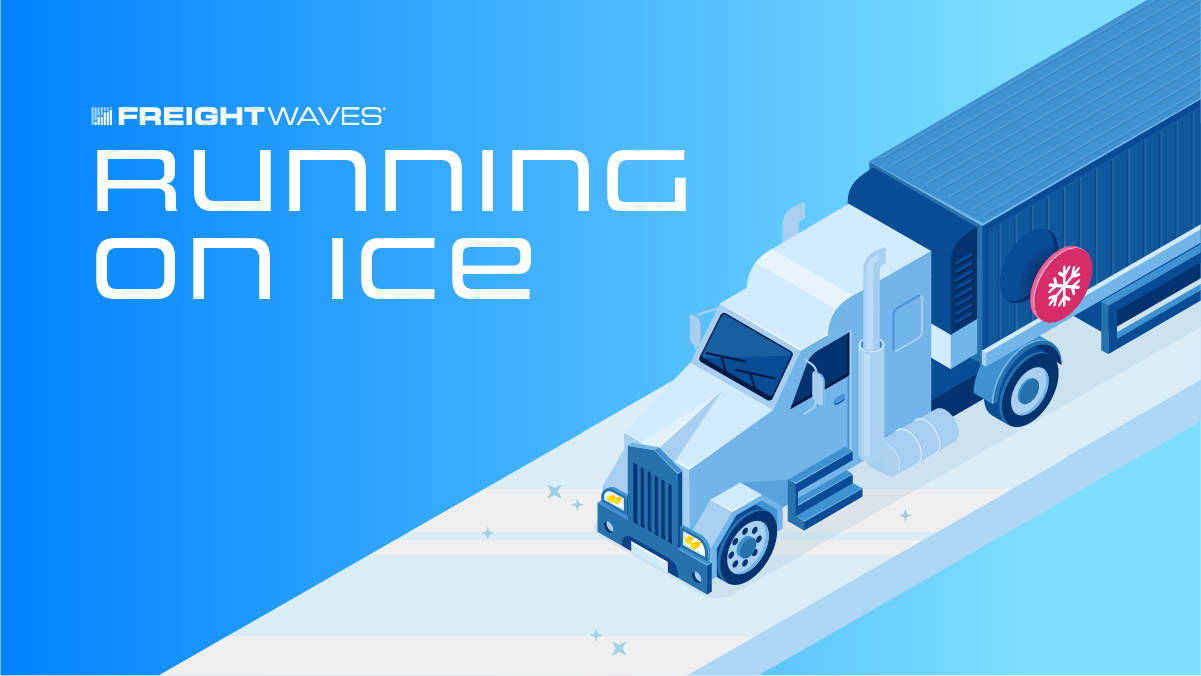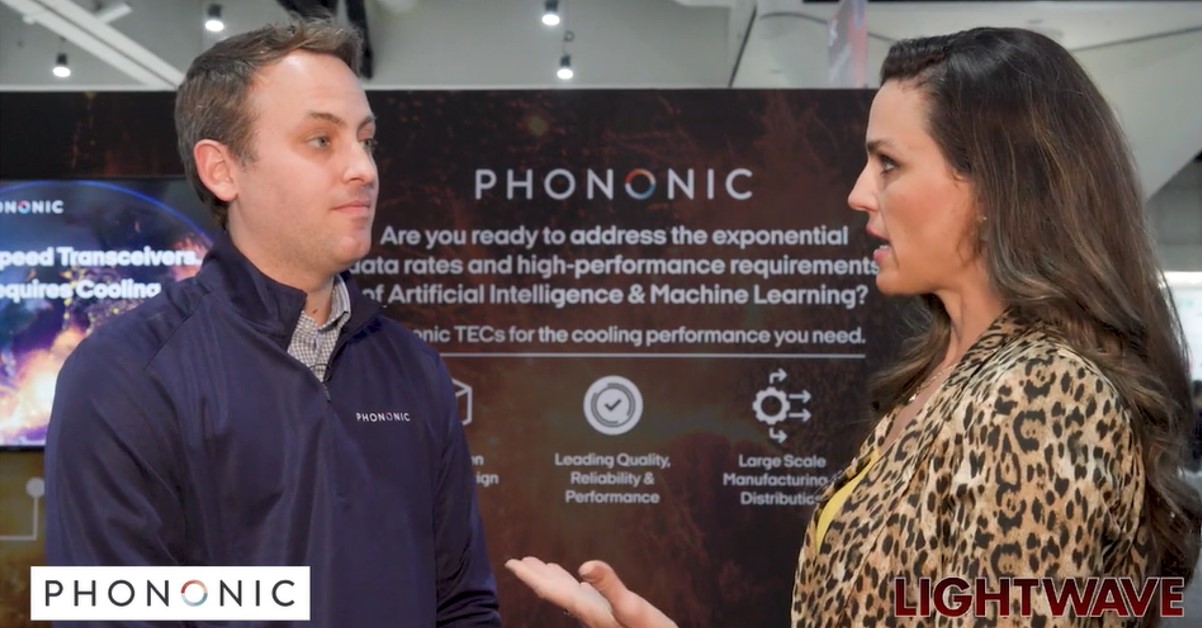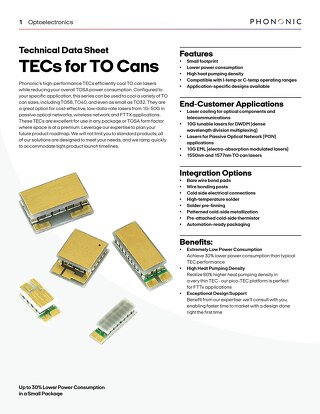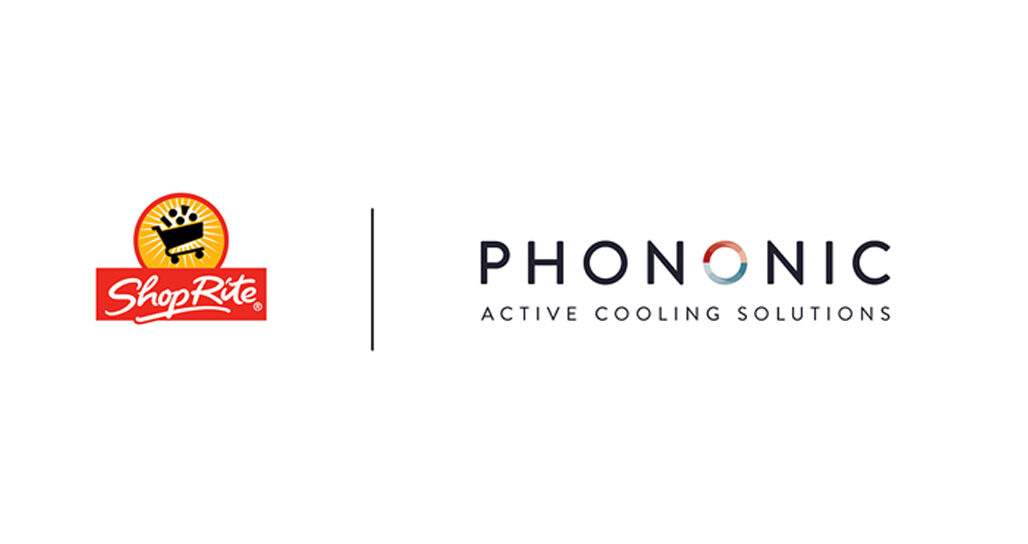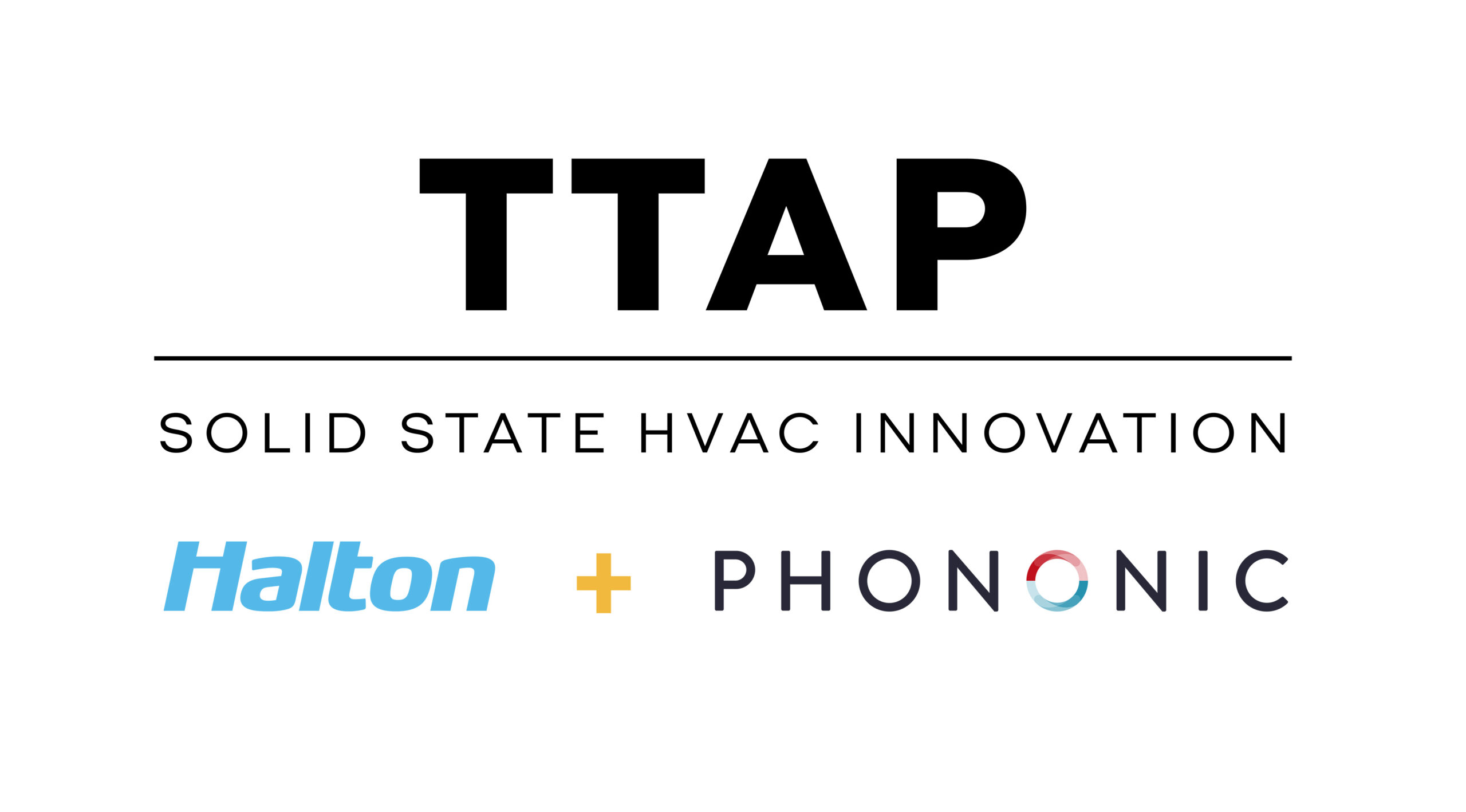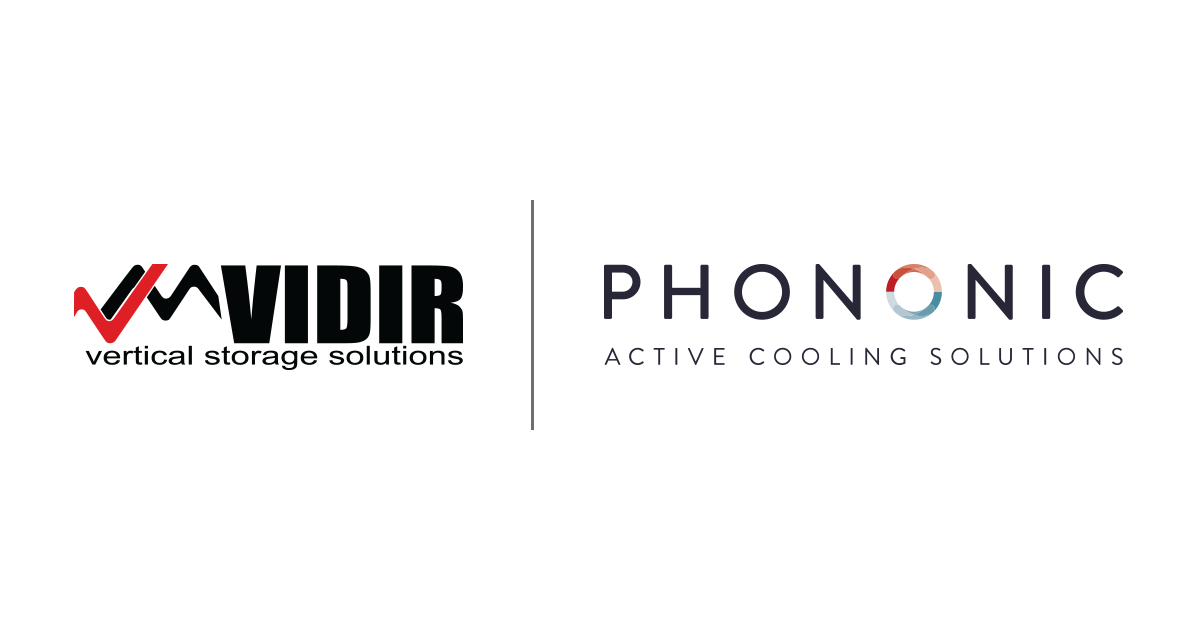How a Non-Hermetic Laser Package Saves On Cost
August 2, 2019
It is increasingly critical for optical transceiver manufacturers to reduce their cost per bit without sacrificing performance. Optical components such as lasers require protection from humidity, condensation, corrosion and other environmental factors, which can all negatively affect performance and the overall life of the package.
Addressing these environmental challenges is possible with hermetic packaging that creates a seal from the outside, such as a gold box, but this kind of packaging is very costly and challenging to manufacture in high-volume relative to other approaches. Non-hermetic packaging can be just as reliable, but offers a significantly lower total cost than a hermetically-sealed package.
What Drives Cost in a Hermetically-Sealed Packaged?
There are three main drivers of cost you’ll need to consider:
- Materials: A hermetically-sealed package traditionally uses a sealed gold-coated box around the laser to protect it. The base material is often Kovar or Copper Tungsten. When coupled with the intricate machining and the gold coating required for its manufacture, these “gold box” packages can be the single most expensive item in the bill of materials (BOM). A non-hermetic package ditches the gold box in favor of significantly less costly packaging materials.
- Equipment: In order to hermetically seal the package, an additional investment in capital equipment is also needed to actually perform the process. While this equipment depreciates over time and can produce many parts, it can be extremely costly and contribute to overall per-unit cost. A cooled, non-hermetic packaging approach obviates the need for this sealing process and the requisite equipment.
- Manufacturing overhead: The “hard” operations costs are not as large as the cost of materials, but hermetically sealing a laser package is time consuming and adds extra process steps. A non-hermetic packaging approach can leverage mature and automated processes that are used throughout the electronics and semiconductor chip packaging industries and can provide dramatic reductions in manufacturing overhead costs.
Cost Savings in Cooled, Non-Hermetic Laser Packages
With a non-hermetic laser package and a reliable thermoelectric cooler (TEC), there’s no need to dry out and seal the package hermetically in a gold box, saving on BOM, capex and overhead. Together, this can add up to a substantial amount of savings that can help you hit aggressive cost reduction targets. In addition, the potential for improved laser yield by implementing active cooling with a TEC creates additional cost advantages and ensures the best performance relative to an uncooled device.
However, thermoelectric cooling for non-hermetic lasers is not without its own design challenges. Condensation is a major concern, as it can cause electrical and thermal shorting, and lead to interruptions in the laser’s light emission, degrading the performance of your TOSA. It could even dramatically reduce the usable lifespan of your laser, rendering the transceiver in which it resides useless.
For a TEC solution that’s more than just a band-aid, you need to solve the root cause of failure in highly-accelerated condensing environments in a way that works reliably in real-world use. Phononic’s non-hermetic ReefTEC™ platform has been fundamentally re-engineered to solve these problems at the root, and are proven to perform in the real world. Our approach delivers telecom-grade reliability even in non-hermetic environments where condensation may occur.
We are confident that moving to cooled, non-hermetic packaging with ReefTEC as the cooler of choice will dramatically reduce TOSA cost per unit, but don’t just take our word for it. To figure out how much your specific configuration could be saving, just use our calculator.
Ready to learn how to make cooled non-hermetic TECs work in your application? Read our tech brief to find out more.
